
Paid ads get crowded. Algorithms change. But people trust people. That’s why a well‑run event ambassador program—your structured, trackable version of word‑of‑mouth—can be the most cost‑effective engine to grow awareness, boost ticket sales, and keep your event top‑of‑mind year‑round.
In this practical guide, we’ll unpack what an event ambassador program is, why it works, and exactly how to design one that converts. You’ll get a step‑by‑step setup plan, training and incentive ideas, measurement templates, and real‑world examples—so you can launch with confidence and scale with data.
New to the concept or want a quick primer? Start here: Event Ambassadors: How to Turn Fans into Your Growth Engine.
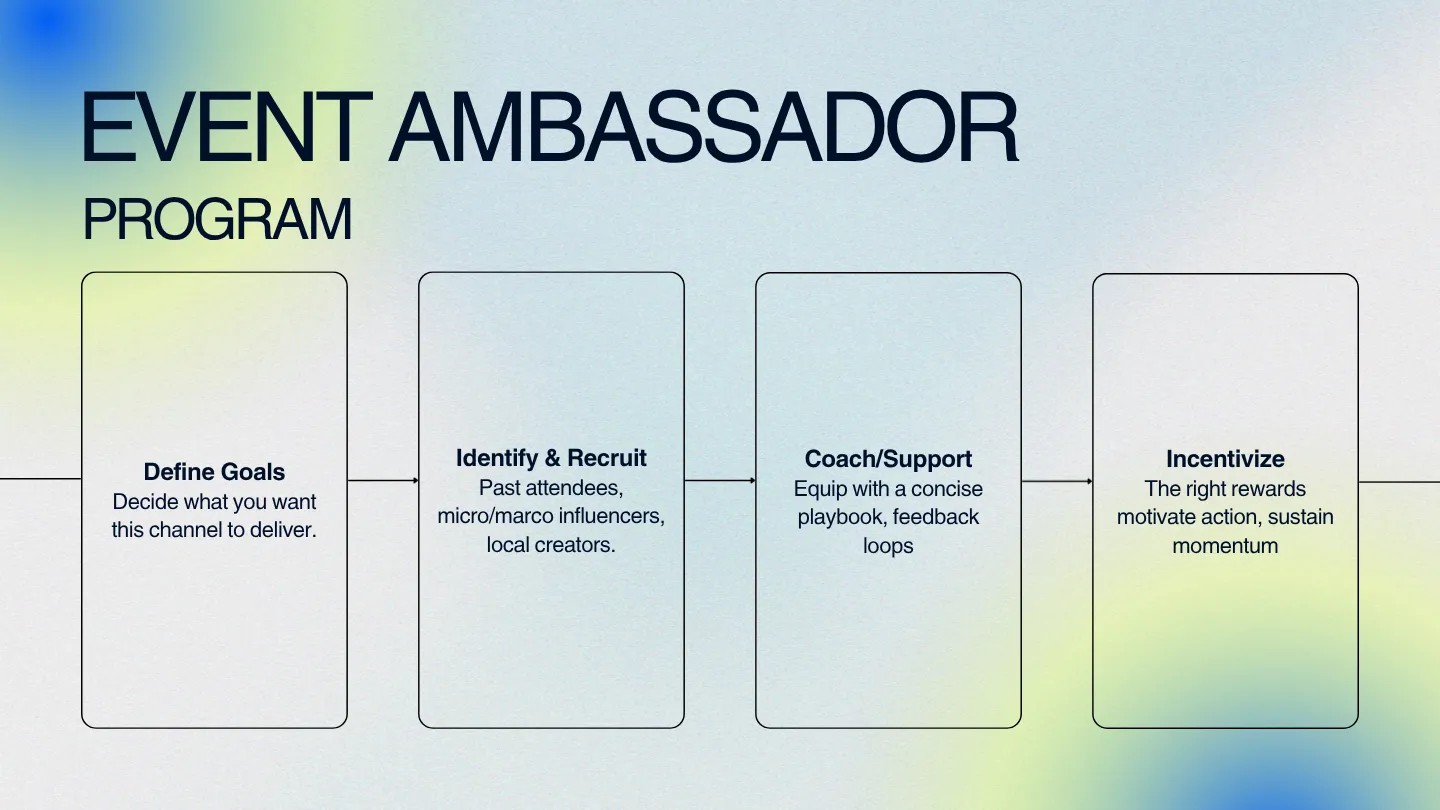
The Loopyah Content Team shares expert insights, practical guides, and industry updates to help event organizers create unforgettable experiences and stay ahead in the event planning world.
growth
An event ambassador program is a structured system that identifies, enables, and rewards passionate supporters—creators, community leaders, alumni attendees, partners, and superfans—who promote your event to their networks. Think of it as a formalized, trackable version of word‑of‑mouth where trusted voices create buzz, validate your value, and drive conversions with peer credibility.
Ambassadors aren’t just “posting” on social. They can host meetups, answer questions in community groups, hand out flyers, create content, share referral links, staff street teams, and provide at‑event hospitality (e.g., guiding newcomers, hosting VIP lounges).
Common roles and responsibilities:
Create and share content: reels, stories, TikToks, blog posts, newsletter shout‑outs.
Drive referrals: distribute unique links/codes, nurture interest, answer DMs.
Activate locally: attend pop‑ups, lead street teams, post in neighborhood and campus groups.
Support onsite: greet attendees, host networking mixers, share live content, capture UGC.
Benefits for event organizers:
Scaled awareness via trusted micro‑communities rather than only paid reach.
Higher conversion rates from warm referrals than cold ads.
Authentic content that feels native to each platform and audience.
Valuable feedback loops from frontline advocates and attendees.
Ambassador programs formalize word‑of‑mouth by equipping the right people to tell the right stories—consistently and credibly.
The short answer: trust. Consumers give outsized credibility to “people like me.” Creator recommendations influence consideration and purchase, helping your event cut through ad fatigue and skepticism. Independent research on trust and creator impact shows that peer advocates can move potential attendees from awareness to intent more effectively than traditional ads.
One notable perspective comes from Edelman’s Trust Barometer, which consistently finds that people rely on peers and community figures for credible signals—especially when evaluating new experiences. See Edelman’s latest insights for more on why authenticity matters.
Four big reasons to build your program now:
Increased event awareness: Ambassadors extend your organic reach into tight‑knit communities—local scenes, niche hobby groups, alumni networks—where relevance and response rates are higher.
Boosted ticket sales: Referral links and codes turn creator buzz into measurable conversions. Warm recommendations reduce friction and shorten the path to purchase. Want more tactics to push sales across the line? Explore How to Sell More Tickets for an Event.
Enhanced credibility: Smaller, trusted voices often outperform big reach for engagement and trust. Ambassadors can also restore authenticity where pure ads struggle.
Valuable feedback: Ambassadors sit close to your audience. They’ll surface objections, content ideas, and experience gaps you can turn into quick wins pre‑event and onsite.
Clarity comes first. Decide what you want this channel to deliver, and how you’ll prove it. Set SMART goals—specific, measurable, achievable, relevant, and time‑bound—and tie them to both leading indicators (reach, clicks, referrals) and lagging outcomes (registrations, paid tickets, attendance).
Example SMART goals for a 12‑week campaign:
Drive 1.5M combined impressions across ambassador channels at an average 4% engagement rate.
Generate 12,000 clicks to the ticketing page via UTM‑tagged links (2.5% average CTR from social posts).
Sell 2,000 tickets attributed to ambassador referral codes with a blended CAC under $22.
Prioritize 3–5 goals so you can focus execution and avoid analysis paralysis. Share them with ambassadors so everyone understands the mission and the scorecard.
The best ambassadors are passionate, credible, and close to your audience—not necessarily those with the biggest follower counts. Micro and niche creators (<100k followers), local community leaders, and your own past attendees often deliver higher engagement because their recommendations feel personal and relevant.
Where to find high‑fit ambassadors:
Past attendees who posted about your event or left high NPS/CSAT scores.
Local creators and community organizers (meetups, clubs, campus groups, neighborhood pages).
Partners and sponsors’ teams (sales reps, field marketers, retail staff) who already speak to your audience.
Artists, speakers, vendors, and performers (and their crews) who can amplify to fans.
What to look for during selection:
Fit and fandom: Do they love the category and align with your event’s vibe and values?
Engagement quality: Comments that show trust and conversation beat raw likes.
Reliability: Can they meet deadlines, follow brief guidelines, and communicate proactively?
How to approach potential ambassadors:
Personalize outreach: reference their content and explain why they’re a fit for your community.
Pitch mutual value: outline the experience, access, and perks—plus how you’ll promote them in return.
Be clear on expectations: number of posts, channels, timelines, link/codes usage, and approval process.
Creators do their best work when they have creative freedom within clear guardrails. Equip ambassadors with a concise playbook, fast feedback loops, and assets that make it easy to promote you authentically.
Build an “Ambassador Toolkit” that includes:
Event brief: audience, positioning, key messages, FAQs, and talking points.
Brand kit: logos, fonts, color codes, voice/tone, dos and don’ts, sample captions.
Asset library: b‑roll, photos, announcement graphics, countdown stickers, story templates, link stickers.
Codes and links: unique referral codes and UTM‑tagged links per ambassador (with shortlinks/QRs).
Approval workflow: what needs approval (if anything), who approves it, and turnaround times (aim for <48 hours).
The right rewards motivate action, sustain momentum, and make your ambassadors feel like insiders. Blend status, access, experiences, and monetary incentives with a clear, tiered structure so advocates can see the path to the next milestone.
Mix‑and‑match incentive ideas:
Access: free GA tickets, VIP upgrades, backstage tours, early venue entry, reserved seating.
Experience: meet‑and‑greets with artists/speakers, co‑hosted sessions, shout‑outs from the stage, creator lounges.
Monetary: commissions per sale, performance bonuses, paid content packages, gift cards.
Recognition: social spotlights, leaderboard features, badge tiers, “Ambassador of the Month.”
A simple, transparent tier structure keeps things fair and exciting. For example:
Bronze (5 sales): exclusive merch pack + social shout‑out.
Silver (10 sales): 1 GA ticket + merch + creator lounge access.
Gold (25 sales): VIP upgrade + meet‑and‑greet + 10% commission on further sales.
Treat your ambassador program like a performance channel. Standardize UTM governance, issue unique referral codes, and build a dashboard to monitor reach, clicks, sales, and ROI.
Core tracking steps:
Create consistent UTMs: Use utm_source=ambassador_name, utm_medium=ambassador, utm_campaign=event2025 (plus content/term if needed). Use the same pattern for everyone.
Issue referral codes: Pair UTMs with unique discount/referral codes to cross‑validate sales attribution and enable offline usage (e.g., street teams).
Name campaigns cleanly: Establish a naming convention and enforce it in your link generator or platform.
Monitor in GA4: Review Session source/medium and Campaign to evaluate performance at the channel and ambassador level. See Google’s guidance on campaigns and traffic sources here.
Key metrics worth tracking:
Impressions, reach, and engagement by ambassador and by platform.
Clicks and CTR to ticketing pages from UTM‑tagged links.
Add‑to‑cart rate, checkout conversion rate, and average order value from ambassador traffic.
Ticket sales and attendance attributed to referral codes and last‑click/assisted UTMs.
Want to improve how you convert ambassador traffic on your site? See our guide to the factors affecting ticket sales conversion and optimize your checkout experience.
Running a great program is part operations, part community building. Use these management best practices to keep quality high and momentum strong:
Communicate regularly: Send weekly or bi‑weekly updates with key dates, fresh assets, talking points, and performance snapshots. Offer a clear calendar of beats (speakers announced, schedule drop, price increases, last‑chance).
Provide fast support: Promise quick responses in a dedicated Slack/Discord or email inbox. Share an FAQ and office hours for content reviews and campaign questions.
Recognize and appreciate: Celebrate wins publicly (leaderboards, social spotlights). Send personal notes, surprise perks, and onsite shout‑outs to reinforce desired behaviors.
Foster a community: Create curated peer groups (by city, interest, or track) and run monthly mixers or office hours. Ambassadors who bond with each other advocate more— and better.
You don’t need a complex stack to start, but the right tools reduce manual work and improve accuracy as you scale.
Ambassador/influencer platforms: streamline discovery, contracting, onboarding, link/code generation, and reward fulfillment. Useful once your cohort exceeds a few dozen advocates.
Social monitoring and reporting: track mentions, UGC volume, and engagement across channels. Many social suites offer templated creator reporting.
Email and CRM: keep ambassadors informed with segmented updates and performance snapshots. If you’re ready to streamline ambassador and attendee comms in one place, explore our platform’s email features.
Below are two composite case studies inspired by common patterns we’ve seen across conferences, festivals, and community events. The numbers illustrate realistic outcomes when programs are well‑designed, well‑enabled, and measured consistently.
Goal: accelerate sales for a 15k‑capacity music festival in a competitive market.
Approach:
Recruited 120 ambassadors: local DJs, campus organizers, nightlife staff, and music micro‑creators (3k–50k followers).
Issued personalized UTM links + 10% off codes for followers; QR flyers for street teams.
Tiered rewards: 5 sales = merch; 10 = GA ticket; 25 = VIP upgrade + backstage tour.
Results (8 weeks): 5.6M impressions, 82k clicks (1.5% CTR), 2,300 sales attributed (last‑click UTMs + referral codes), CAC $18, and 14% of total ticket revenue from the ambassador channel. Top performers were micro‑local voices with highly engaged communities.
Goal: drive high‑quality registrations and onsite engagement for a 3,500‑attendee B2B summit.
Approach:
Recruited 65 ambassadors: niche creators (DevRel, AI ethics), community leaders (meetups), and alumni speakers.
Playbook focused on educational content: threads with session picks, “hallway track” tips, and ROI calculators for managers.
Rewards emphasized status and access: speaker lounge invites, curated roundtables, and co‑created workshops.
Results (10 weeks): 1.9M impressions, 31k clicks (1.6% CTR), 540 paid registrations attributed, plus a 22% lift in onsite session check‑ins from ambassador‑led meetups and “bring‑a‑friend” activities.
Even strong brands stumble if they over‑script or under‑resource their programs. Dodge these traps:
Lack of clear goals: Define SMART targets and a small set of KPIs before recruiting anyone.
Poor communication: Silence kills momentum. Keep a cadence of updates and make it easy to ask for help.
Inadequate training: Without a clear playbook and assets, content quality and compliance will suffer.
Insufficient incentives: Match rewards to your audience’s motivations; blend access, experience, and monetary perks.
Weak attribution: No UTMs or inconsistent codes will cripple reporting. Standardize before launch and audit weekly.
For an even deeper marketing foundation around pacing your campaigns and orchestrating channels alongside ambassadors, see our best overall event strategies as you plan your timeline and offers.
A successful event ambassador program isn’t about hiring the biggest names—it’s about empowering credible, passionate advocates with the right tools, freedom, and incentives, then measuring what matters. Define clear goals, recruit for fit, enable creative expression within smart guardrails, reward progress, and track performance with consistent UTMs and codes. Do that, and you’ll build a flywheel that compounds buzz and attendance year after year.
Looking for a fully managed Promoter management system? Use Loopyah today to onboard, manage, pay your event ambassadors, with a few clicks.

growth


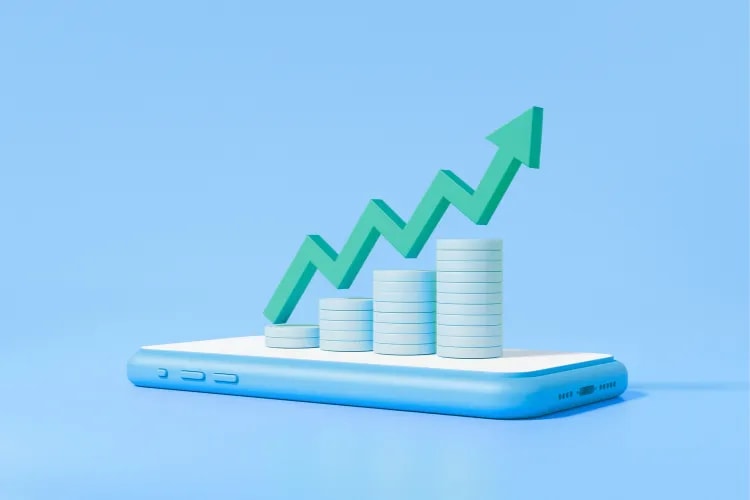
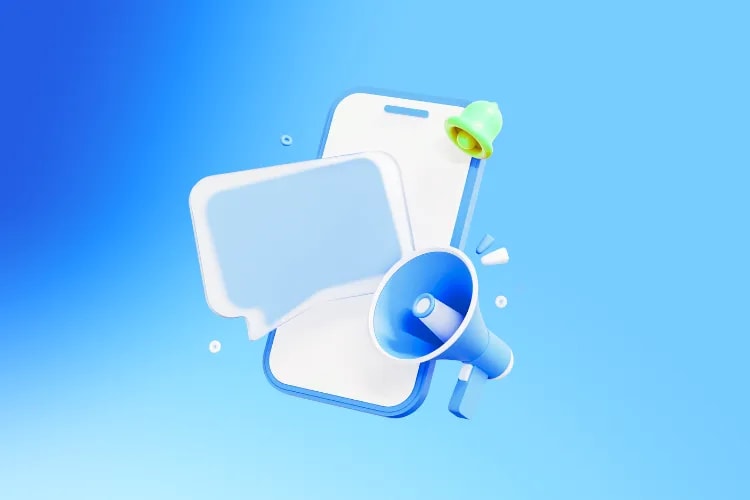
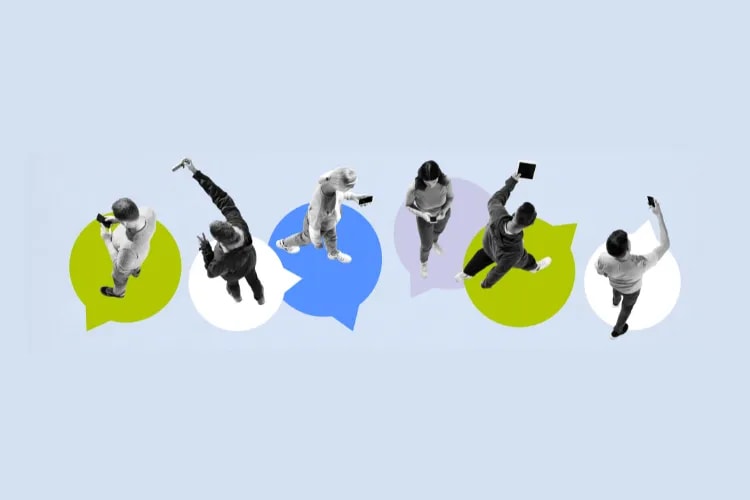
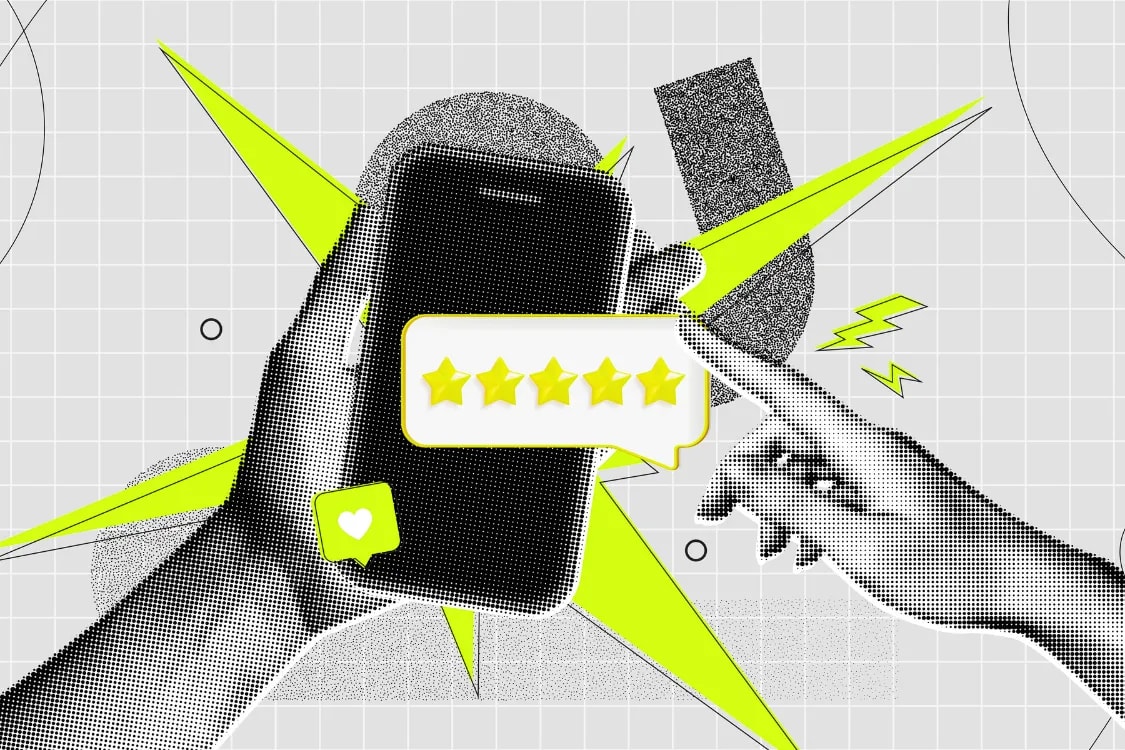

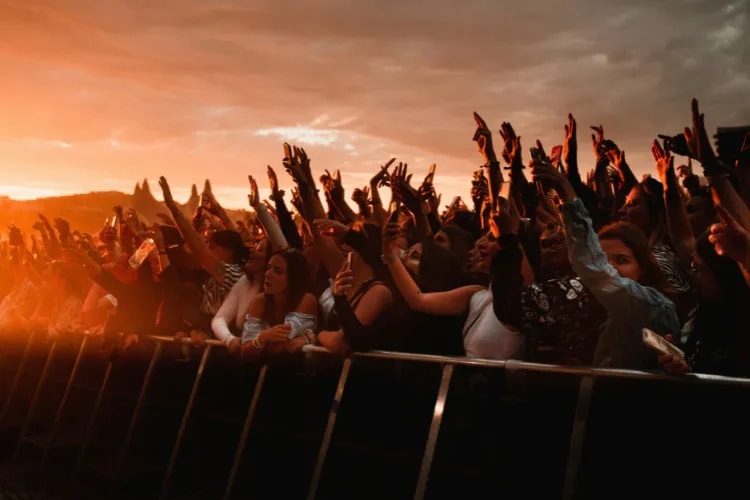
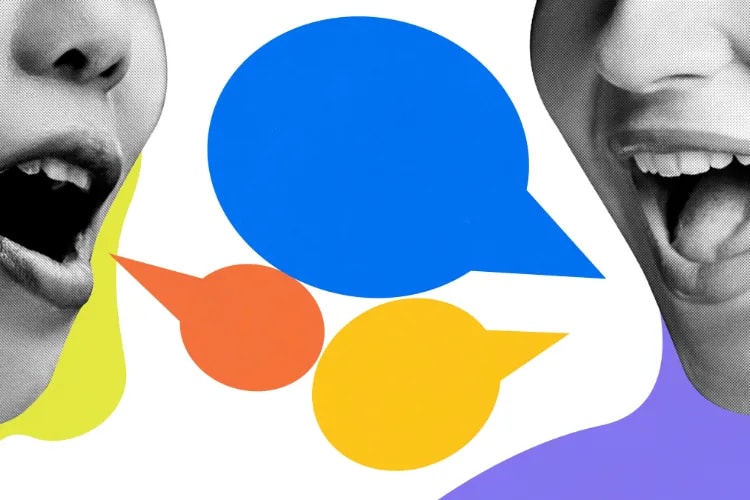
marketing
marketing
selling
planning
marketing
marketing
marketing
growth
marketing